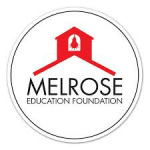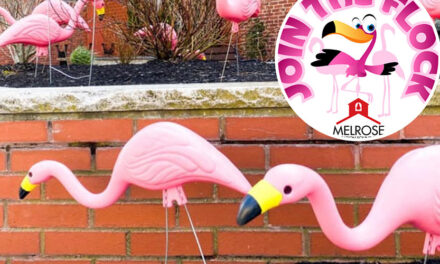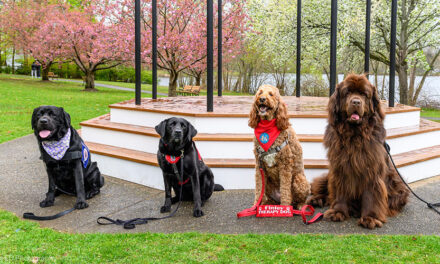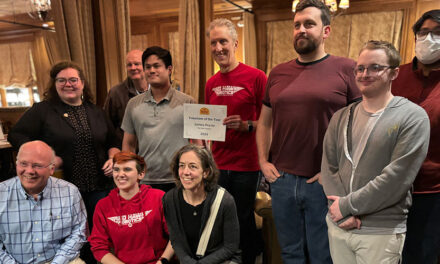Posted on: Thursday, August 7, 2020
We, the educators of the Melrose Public Schools, entered into this profession because we love interacting with students in the classroom. But we also have a responsibility to keep our students safe. We receive training every year on administering an EpiPen; we practice fire drills and lockdown drills; we function as mandated reporters. We are the ones tasked with keeping students safe while they are under our care.
Coming up with the best plan to return to learning is a difficult, emotional, and philosophical challenge for us. Unfortunately, as much as we would like to be back in our classrooms with our students, those same classrooms are currently unsafe environments for them and for us.
The district administration had the best of intentions when crafting the current hybrid model recently released to the community. We appreciate their hard work developing this plan but, at this time, we haven’t seen any plan that makes it safe to bring a sizeable portion of the student body and staff back to the buildings.
Concerns around air quality, ventilation, regular cleaning, protocols for mask breaks and bathroom usage, and the extreme heat in the buildings are just some of the safety concerns that we have. Additionally, not enough guidelines exist for how potential positive COVID-19 cases, which we know will occur, will be handled and communicated in each of the buildings and across the district.
We also have concerns around the lack of support available to students during their week of distance learning in the hybrid model, especially since their educators will be focusing their attention on the in-person group of students during that time in the current draft of the plan. Using a phased approach, we would welcome an opportunity to collaborate at a future time on the hybrid model.
For now, however, instead of wasting time trying to fix the hybrid model that needs much work before it successfully can be implemented, we would like to focus our efforts on developing a superior model for distance learning that is engaging, inclusive, and supportive. This past spring was not distance learning; it was crisis learning. We cannot let that happen to our students again.
As educators, we measure our successes by the progress that our students achieve academically and socially-emotionally throughout the school year. We know that we have serious work ahead of us to ensure our success and the success of our students in a distance learning environment. We need to get to work now creating a feasible, realistic plan so that families can begin the challenging task of planning for the fall.
We look forward to the day that we safely can rejoin our students in the classroom. But, until we can guarantee that we are not jeopardizing the lives of our students, staff, and community members by maintaining a “business as usual” mentality amidst a global pandemic, we should collaborate with our colleagues, families, the district, and the school committee to build a distance learning platform that benefits our students.
Sincerely,
Lisa Donovan, Melrose Education Association President





